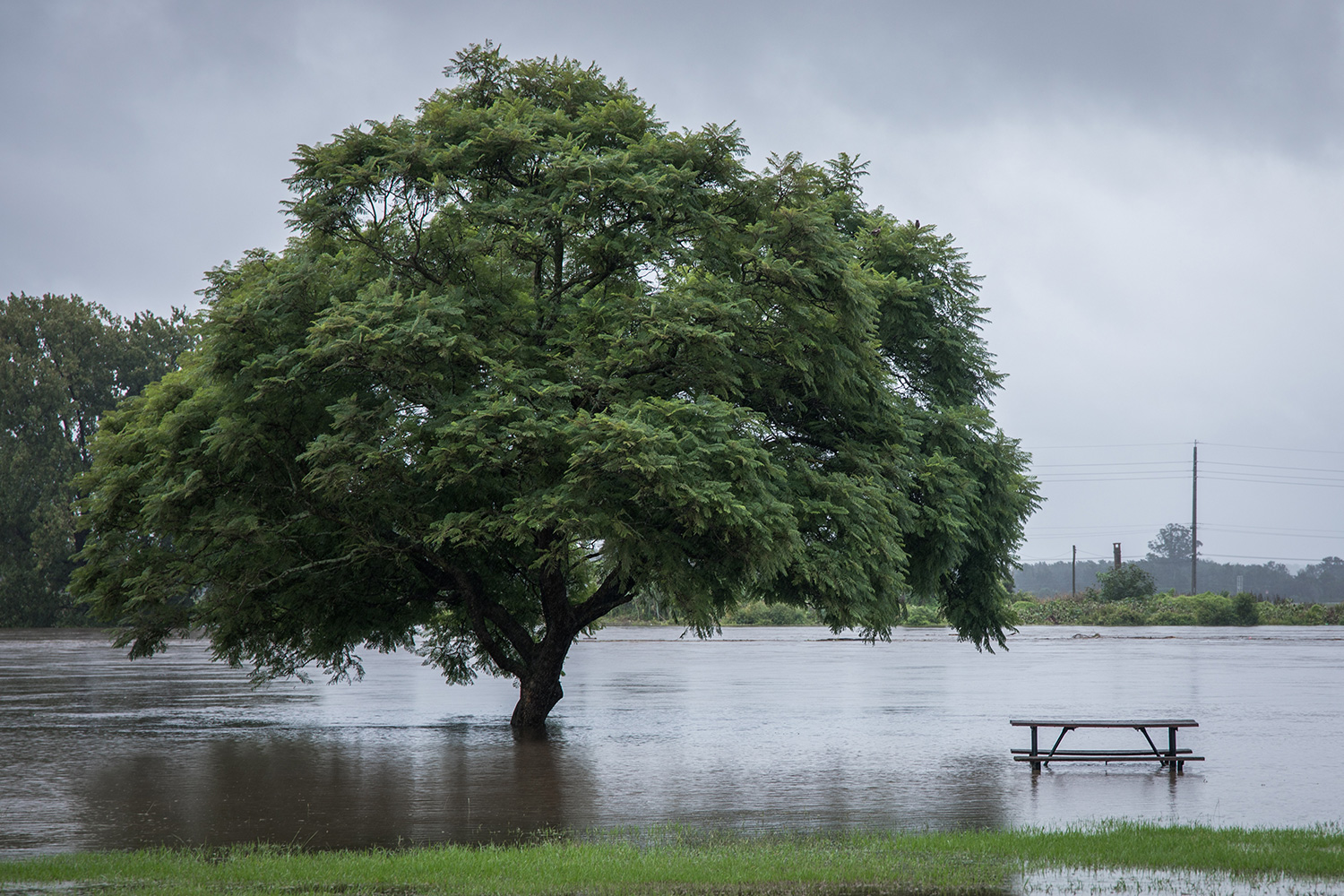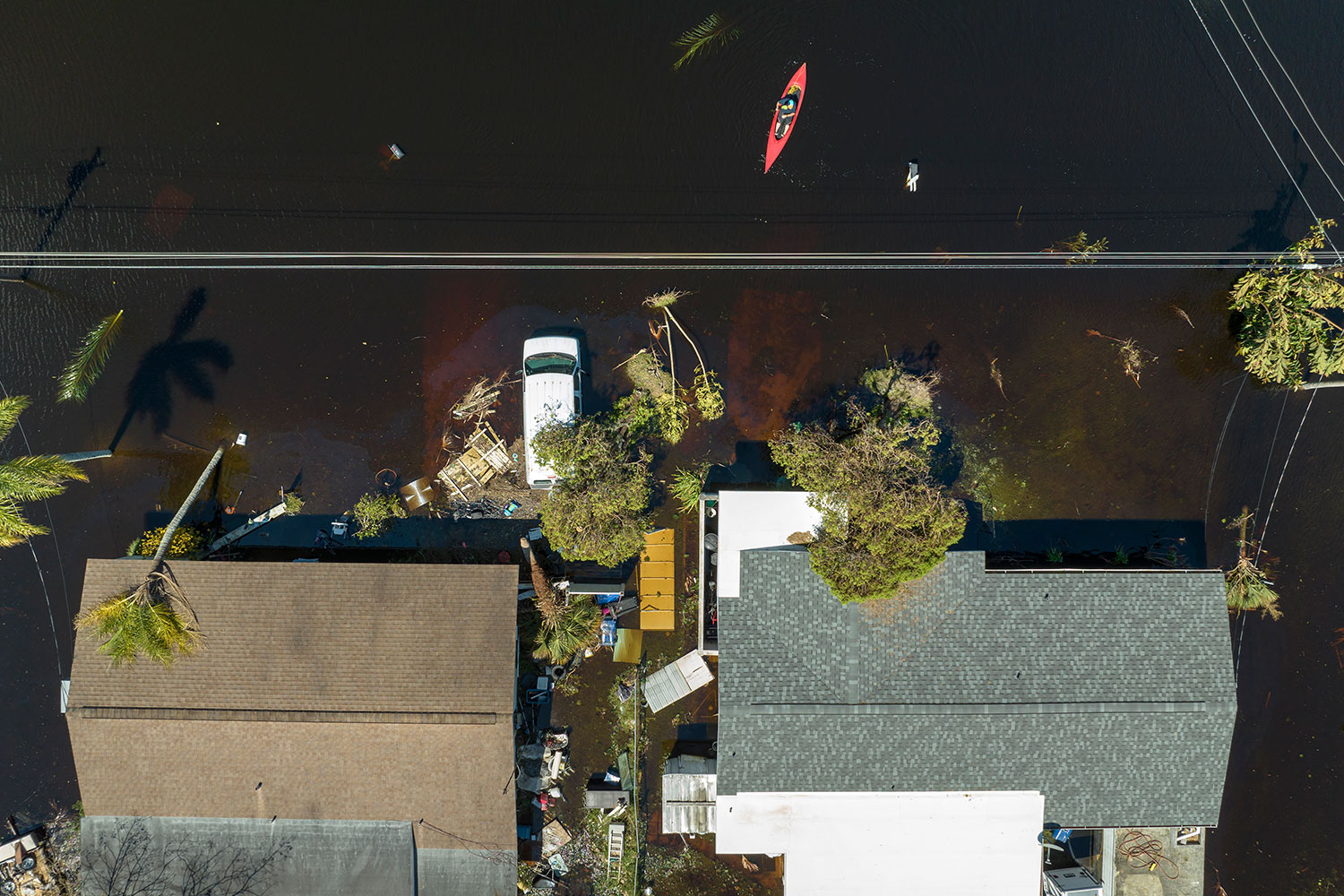Flood Protection
Protection From The Elements
Coverage For Flood Damage
In 1968, Congress created the National Flood Insurance Program (NFIP) to help provide a means for property owners to financially protect themselves. The NFIP offers flood insurance to homeowners, renters, and business owners if their community participates in the NFIP. Participating communities agree to adopt and enforce ordinances that meet or exceed FEMA requirements to reduce the risk of flooding. Find out more about the NFIP and how it can help you protect yourself.
Flood insurance protects two types of insurable property: building and contents. The first covers your building, the latter covers your possessions; neither covers the land they occupy.
Reimbursment Methods For Flood Damage
What You Need To Know
The two most common reimbursement methods for flood claims are : Replacement Cost Value (RCV) and Actual Cash Value (ACV). The RCV is the cost to replace damaged property. It is reimbursable to owners of single-family, primary residences insured to within 80% of the building’s replacement cost.
All other buildings and personal property (i.e. contents) are valued at ACV. The ACV is the RCV at the time of loss minus physical depreciation. Personal property is always valued using the ACV.
Building coverage includes:
The insured building and its foundation
The electrical and plumbing system
Central air conditioning equipment, furnaces, and water heaters
Refrigerators, cooking stoves, and built-in appliances such as dishwashers
Permanently installed carpeting over unfinished flooring
Contents coverage includes:
Clothing, furniture, and electronic equipment
Curtains
Portable and window air conditioners
Portable microwaves and dishwashers
Carpeting that is not already included in property coverage
Clothing washers and dryers
Informational statements regarding insurance coverage are for general description purposes only. Read our disclaimer.
Need More Information?
Get your questions answered by a real, live agent.

